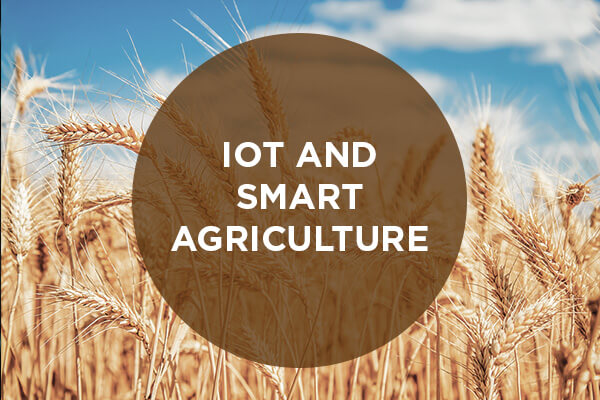
Convergence of several technologies has made the Internet of Things a reality now in various fields including agriculture. India is predominantly an agrarian society with around 60% of population involved in farming. Of late, agriculture has also been widely reported and is a topic of concern for the hardship the farming community faces due to various reasons. In our continuing article on IBM Watson and IoT, let’s see how IBM Watson can help the agriculture in India. IBM’s India research lab has realized that by combining IoT data with cognitive computing, businesses can extract valuable insights to improve the farming scenario and aid the farmers. The lab is looking at ways of using its Watson cognitive technology to help farmers determine potential crop yields and protect against pests, an effort that could increase the use of such data in farmer loans and insurance. Smart farming is a concept widely gaining momentum in global agricultural business making use of wide amounted of data right from weather, water and soil at the disposal. For the Indian lab of IBM Watson, agri-business is one of the three industries it focuses on in India. The technology — part of a solution called Precision Agriculture — involves the use of a few strategically placed sensors and remote sensing data from satellites to answer questions about the state of the soil, moisture content, weather data and susceptibility to pests. “Blanketing a farm with sensors is extremely expensive and hard to manage. But data from a small amount of local sensors and data from satellites can be married using cognitive technologies — a process called cognitive fusion. We can answer those questions in a cost-effective way,” Sriram Raghavan, director of India Research Labs was quoted by ET. “Agri-businesses have the ability to invest in technology and have an interest in increasing productivity even if the farms are run by individual farmers. The other model is to look at financial institutions,” Raghavan said. “We have seen a lot of issues with agri insurance and credit. And while there are definitely non-technology issues to be solved, but there is an opportunity for technology to help provide better visibility to financial institutions.” “With the technology, the financial products they issue in the agri space do not have to be driven just by the credit history of a farmer, which may not be a viable model, but can be driven by knowledge of the farm and focus on health on the farm. This will increase risk awareness.” ]]>

